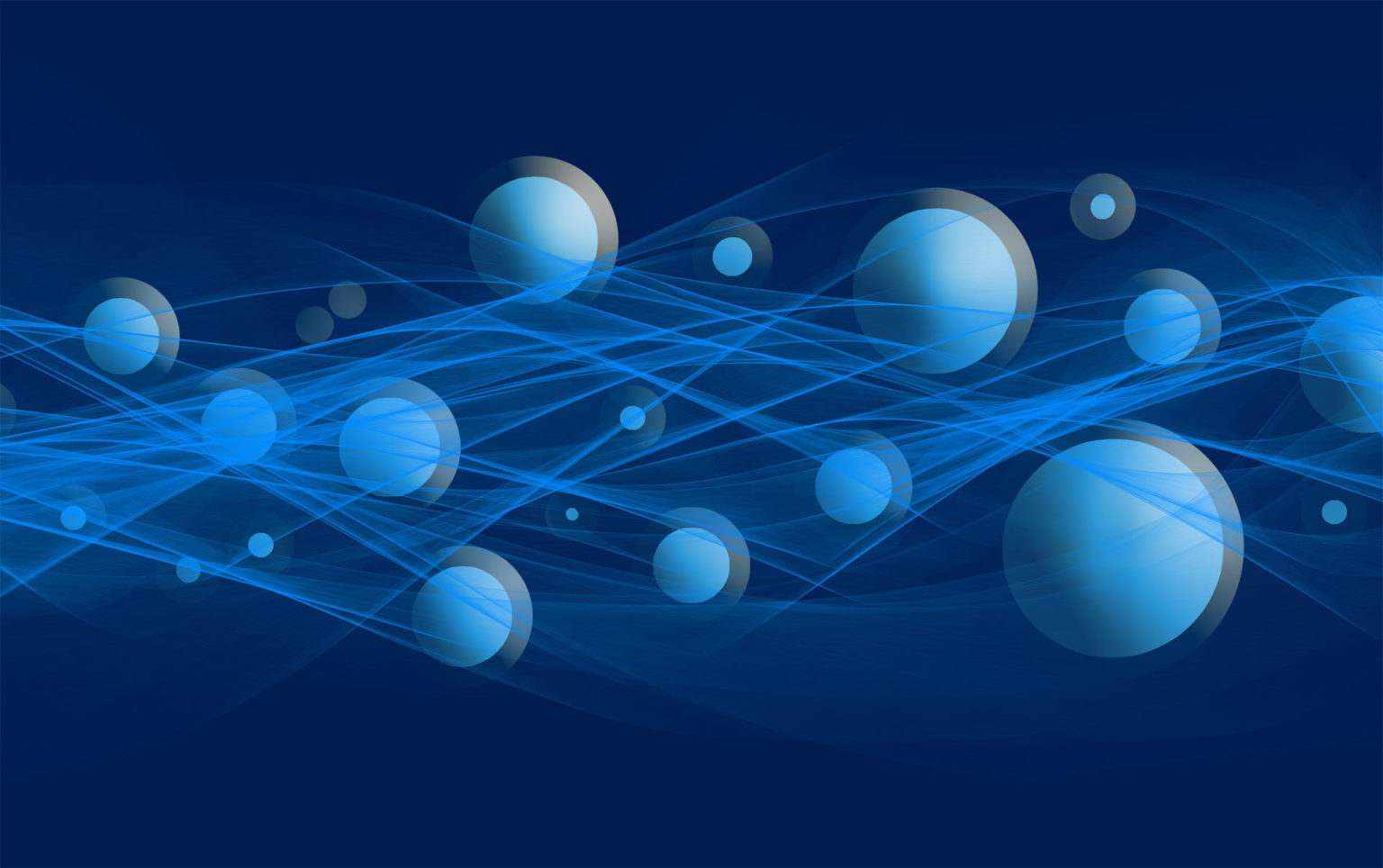

The neutrino mass, however, is at least 10,000,000,000 times smaller than the proton mass. The masses of other matter particles, generated by coupling to the famous Higgs particle, vary widely – from the electron, about 2,000 times smaller than the mass of a proton, to the top quark, which weighs nearly 200 times more than the mass of a proton.

The answer comes with a possible solution to a second mystery relating to neutrinos: why is the mass of a neutrino so incredibly small? But the difference between how neutrinos and anti-neutrinos change the colour of their jacket isn’t going to provide the entire solution. One of the key components in the currently favoured explanation is that matter behaves differently to anti-matter.

So where did all the anti-matter go? We know that anti-matter and matter destroy each other in a flash of light whenever they meet, so maybe this could explain that it’s not around? Not really, all the matter would be gone as well. Solving the matter-antimatter mysteryįinding out that neutrinos interact differently to anti-neutrinos could have huge consequences as it could help solve one of the greatest mysteries in physics: why is our entire universe made out of just matter? We have strong reasons to believe that in the Big Bang, matter and anti-matter were created in equal measure. The UK is taking a big part in two experiments that will study neutrino oscillations in the future in more detail to answer this question: HyperKamiokande in Japan, and the Deep Underground Neutrino Experiment in the US. In fact it could be virtually the same, but still behave differently. But as the neutrino has no charge, it is difficult to know what its anti-particle would look like. For example, the common electron, with a negative electric charge, has the positron as its anti-particle, which is virtually identical but has a positive charge and has to be produced in a nuclear reaction. Today, we have studied neutrino oscillations in great detail and understand it pretty well.īut one very important question remains: does the neutrino oscillate the same as its polar opposite: the anti-neutrino? All particles have anti-particles. However, as always, these new insights led to further questions. Since these fascinating properties of neutrinos were revealed, around the year 2000, a large number of experiments have been successfully built to investigate this in more detail. What they found out was that the neutrino is even more interesting than we thought. About 65 billion neutrinos, produced by nuclear fusion in the Sun, pass through every square centimetre of area on Earth, every second ( you could try and calculate that yourself), without doing anything.īecause neutrinos hardly interact with other matter, this year’s Nobel prize winners for physics, Takaaki Kajita and Arthur B McDonald, had to build vast detectors, filled with thousands of tonnes of water, in order to study them. But to me, the neutrino is the most amazing fundamental particle. Most people will have heard of electrons, neutrons and protons – and perhaps even quarks, which make up the latter two. So where is neutrino research heading next – and what could it discover? Despite being millions of times smaller than other subatomic particles, it is of major importance in physics and could be the key to unravelling some of the universe’s best-kept secrets. The humble neutrino particle won its fourth Nobel Prize in physics this year (also in 2002, 19).


 0 kommentar(er)
0 kommentar(er)
